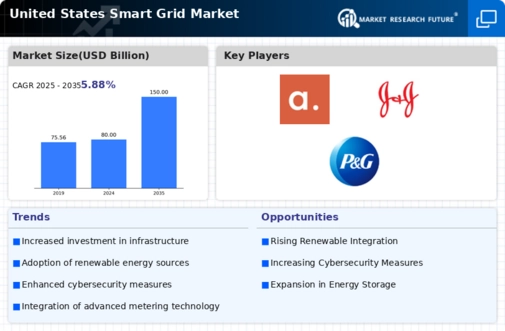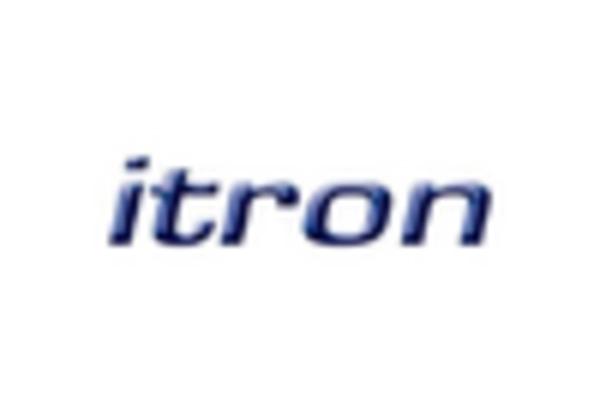Growing Demand for Energy Efficiency
The rising demand for energy efficiency is a pivotal driver in the smart grid market. Consumers and businesses alike are increasingly seeking ways to reduce energy consumption and lower costs. According to the US Department of Energy, energy efficiency measures could save the US economy up to $400 billion by 2030. Smart grid technologies enable real-time monitoring and management of energy usage, allowing users to optimize their consumption patterns. This shift towards energy efficiency not only supports sustainability goals but also drives investments in smart grid solutions, as utilities aim to meet the evolving expectations of their customers.
Rising Consumer Awareness and Engagement
Rising consumer awareness and engagement are pivotal in shaping the smart grid market. As individuals become more informed about energy consumption and its environmental impact, there is a growing demand for smart grid solutions that promote sustainability. Programs aimed at educating consumers about energy efficiency and renewable energy options are gaining traction. This heightened awareness is likely to drive the adoption of smart grid technologies, as consumers seek tools that enable them to manage their energy use effectively. The smart grid market is expected to flourish as utilities respond to this demand by offering innovative solutions that enhance consumer engagement and promote energy conservation.
Regulatory Support for Smart Grid Initiatives
The smart grid market benefits from robust regulatory frameworks that promote modernization and innovation in energy infrastructure. In the US, federal and state policies are increasingly encouraging utilities to adopt smart grid technologies. For instance, the Energy Policy Act has allocated substantial funding for smart grid projects, which has led to an estimated investment of over $20 billion in the sector. This regulatory support not only facilitates the integration of advanced technologies but also enhances grid reliability and efficiency. As utilities comply with evolving regulations, the smart grid market is likely to experience accelerated growth, driven by the need for compliance and the pursuit of operational excellence.
Technological Advancements in Communication Systems
Technological advancements in communication systems are transforming the smart grid market. Innovations such as Internet of Things (IoT) devices and advanced metering infrastructure are enabling seamless data exchange between utilities and consumers. These technologies facilitate real-time monitoring and control of energy resources, enhancing grid management capabilities. The US smart grid market is projected to grow significantly as utilities adopt these advanced communication technologies to improve operational efficiency and customer engagement. Enhanced communication systems not only optimize energy distribution but also empower consumers with greater control over their energy usage, further driving market growth.
Increased Investment in Infrastructure Modernization
Investment in infrastructure modernization is a critical factor propelling the smart grid market. Aging electrical grids in the US require significant upgrades to enhance reliability and accommodate new technologies. The American Society of Civil Engineers has estimated that the US needs to invest approximately $4.5 trillion in infrastructure by 2025, with a substantial portion allocated to energy systems. This investment is likely to facilitate the deployment of smart grid technologies, which can improve grid resilience and operational efficiency. As utilities prioritize infrastructure upgrades, the smart grid market is poised for growth, driven by the need for modernization and enhanced service delivery.

















Leave a Comment